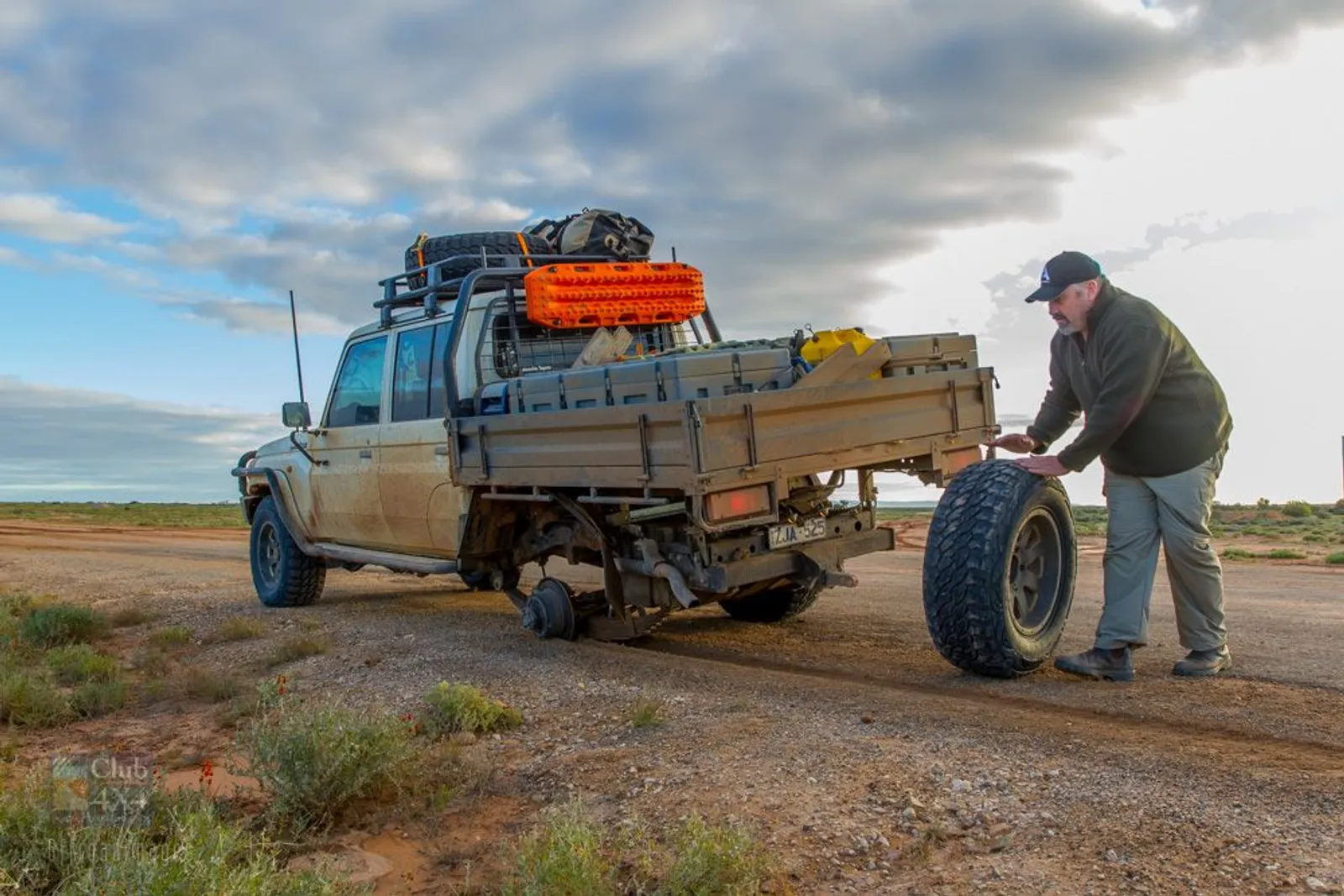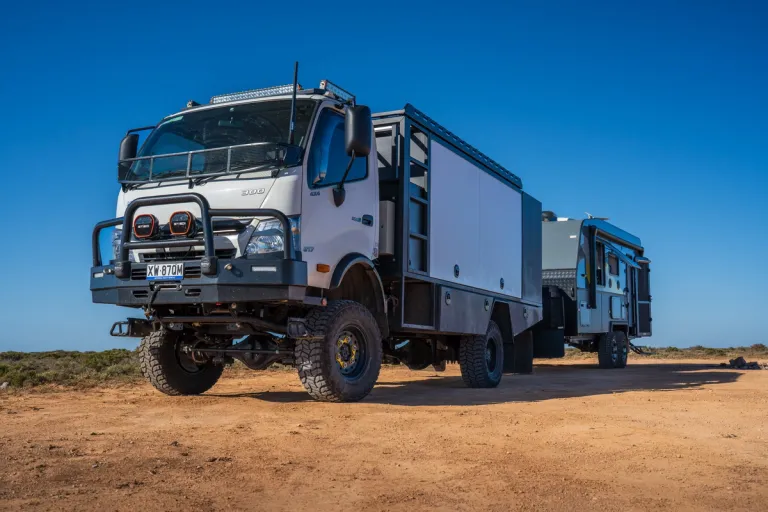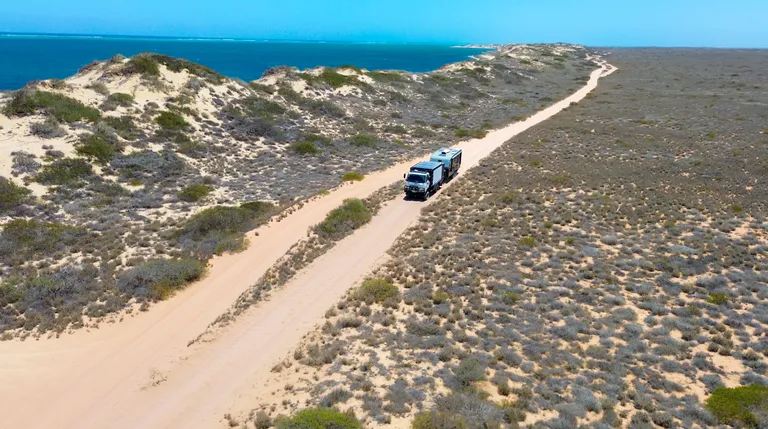4WDs are perhaps the most accessorized vehicles available today. You can include numerous items to personalize your vehicle and tailor it to fit your specific usage needs. Typically, these extra accessories are attached using nuts, bolts, or some form of clamping system. Usually, they're secured in line with product specifications, ensuring they don't shift or become loose during your travels. However, have you ever encountered an annoying squeak and started the detective work, only to find a loose nut that allowed movement of something bolted onto your vehicle?
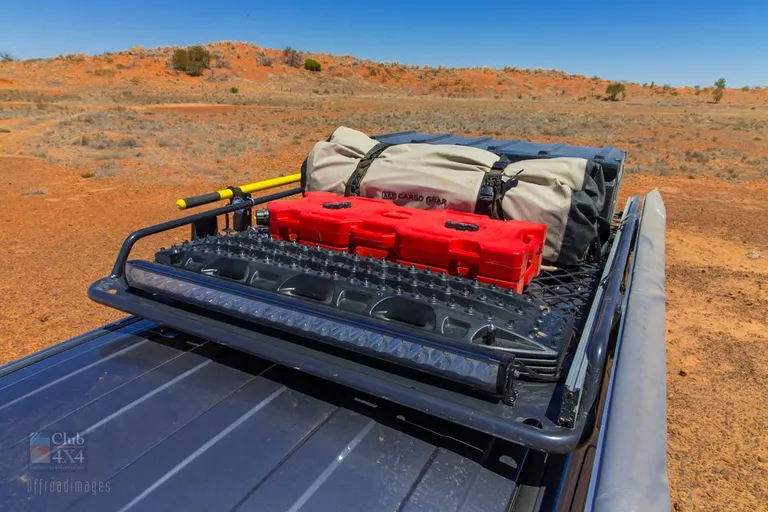
While this shouldn't occur, it's logical that the more kilometres you cover on rough roads with corrugated tracks, the higher the likelihood of something coming loose.
Unchecked, this could lead to a failure that ruins your holiday.
So, what are your options?
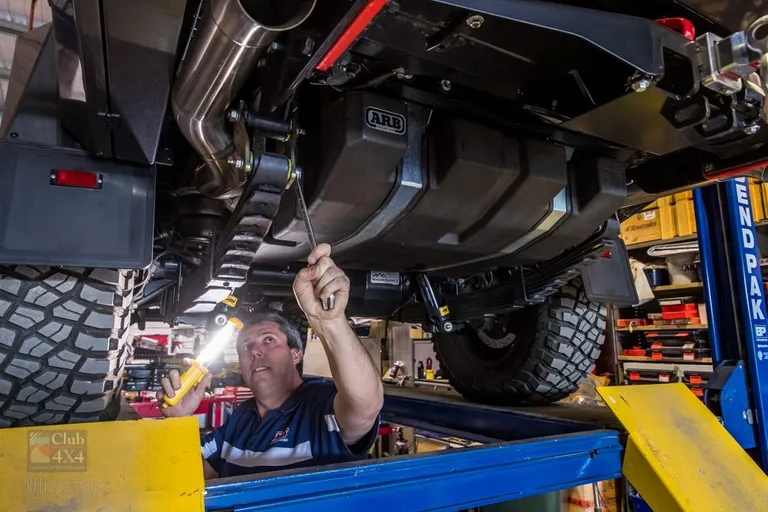
Start by taking your 4X4 into a reputable service centre which understands 4WDs for a pre-trip inspection. While on your trip, take a stroll around your vehicle and give it a good once-over. Begin by inspecting everything closely; this way, you’ll become familiar with every nook and cranny of your vehicle. Hold onto items like the roof rack firmly and apply a bit of pressure to check for any unexpected movement. You might catch a potential problem before it becomes serious, and simply tightening a nut could easily solve it. It’s as simple as that.
When you buy a new suspension kit, usually, the fitters will arrange a wheel alignment to ensure everything is aligned correctly and importantly, they will ask you to come back into their workshop after a set number of kms to check and tighten the suspension components.
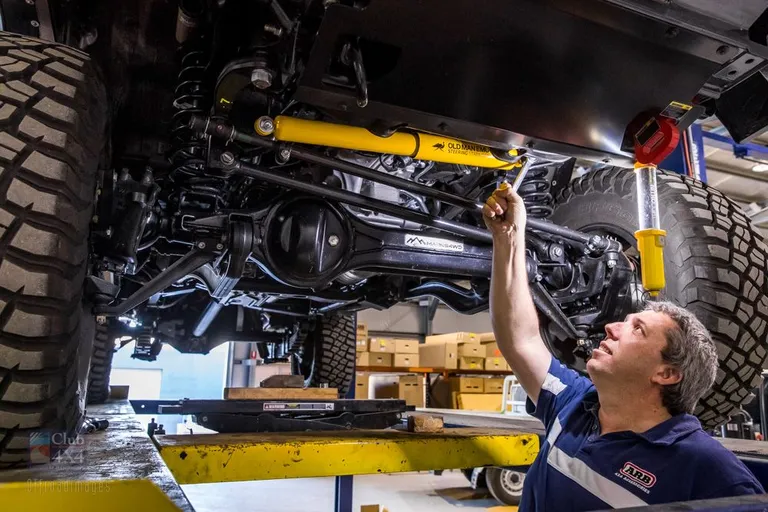
Some accessories, such as awnings, may have a tiny label advising users to tighten them after a specific number of kilometres.
The issue lies in whether many people, amidst the excitement of receiving their new vehicle, truly grasp the concept or importance of tightening these items.
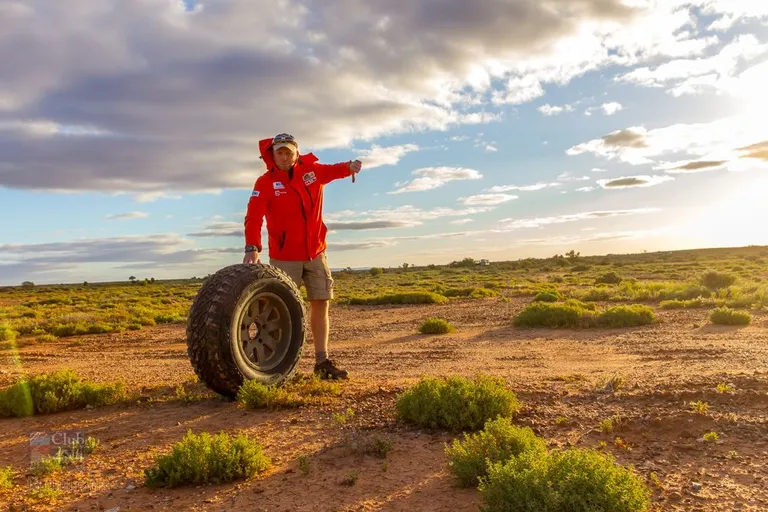
Consider another scenario: You've recently fitted new wheels on your 4X4. Upgrading rims and tires on a 4WD is a popular way to personalize your vehicle. However, when purchasing new rims, are you ever advised to tighten the wheel nuts after covering a specific number of kilometres? Do you need to take action to prevent these nuts from loosening, or should you just leave it to chance? For most people, they wouldn’t realise there is any action required from them at all…
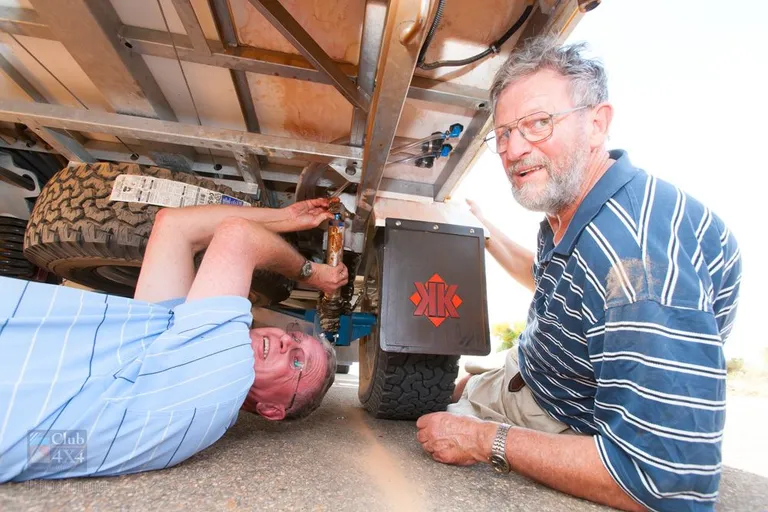
Certain aftermarket wheel manufacturers coat the entire wheel surface to minimize corrosion. Consequently, when you tighten the painted wheel nuts, these painted surfaces compress together. However, over time and distance travelled, these compressed painted surfaces might shift, potentially leading to some movement and consequently, a loosening of the wheel nuts. This scenario could result in a wheel coming off, especially at higher speeds.
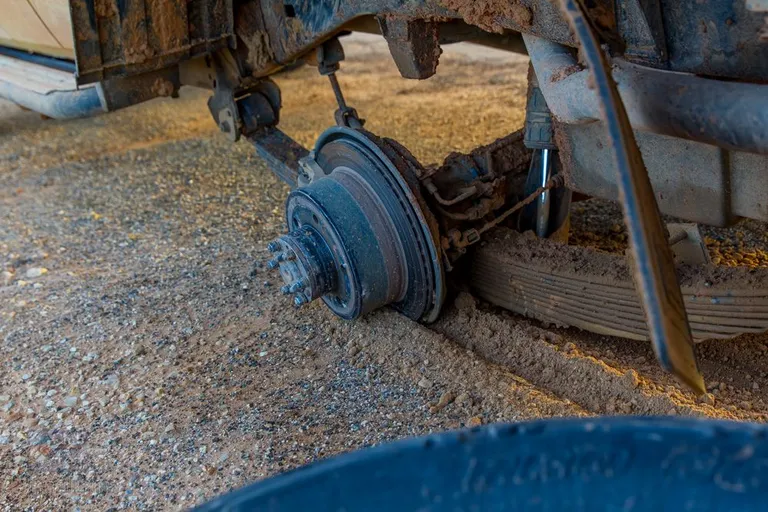
Manufacturers of aftermarket steel rims typically paint the entire wheel, including the wheel nut insert. These wheels are commonly used for trailers due to their cost-effectiveness. It's a good idea to inspect your trailer considering this. While you're at it, take a glance at the installed items on the trailer to ensure they're securely mounted.
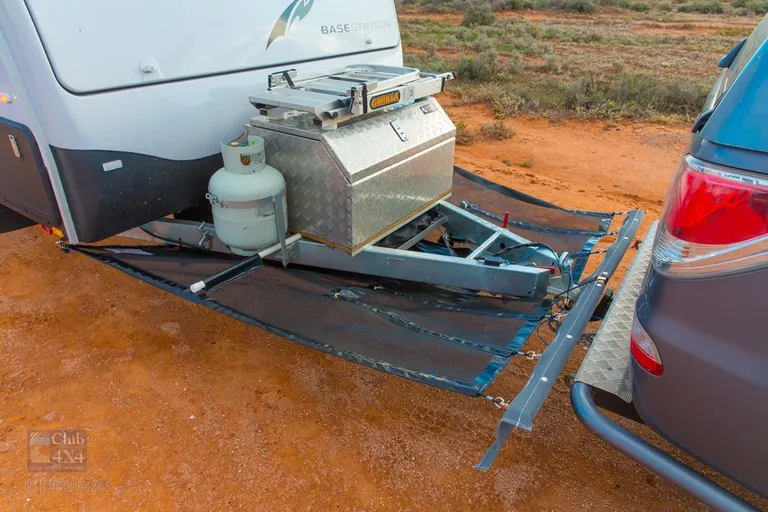
Checking the wheel nuts on a 4WD stands as one of the most important things you should be looking at. Firstly, it's important to ensure service technicians avoid using high-torque impact wrenches while tightening wheel nuts during service or tire rotations. This practice can stretch wheel studs, potentially leading to future failures. After a vehicle service and a couple of hours of driving, I personally grab my torque wrench to double-check every wheel nut—not because I doubt the service staff, but as an added precaution.
I usually set my torque wrench to 130 Nm, the standard for Toyota Landcruiser 79 Series, ensuring everything stays put. While most people might not go to these lengths, I find it reassuring for peace of mind. You might be curious if I've ever found a slightly loose wheel nut—indeed, I have.

Considering the array of accessories bolted onto our vehicles, one might assume that everything should be fine as long as the fasteners and items attached are technically suitable for the job. However, 4WDs navigating remote terrains exert tremendous stress on these added components. The constant corrugations, potholes, twisting, and side load forces are far more intense compared to regular road driving.
There is that saying “The squeaky wheel gets the grease” … So, start listening and looking hard at your 4WD to ensure you are safe during your travels.
“Cheers”
-Michael Ellem | Offroad Images
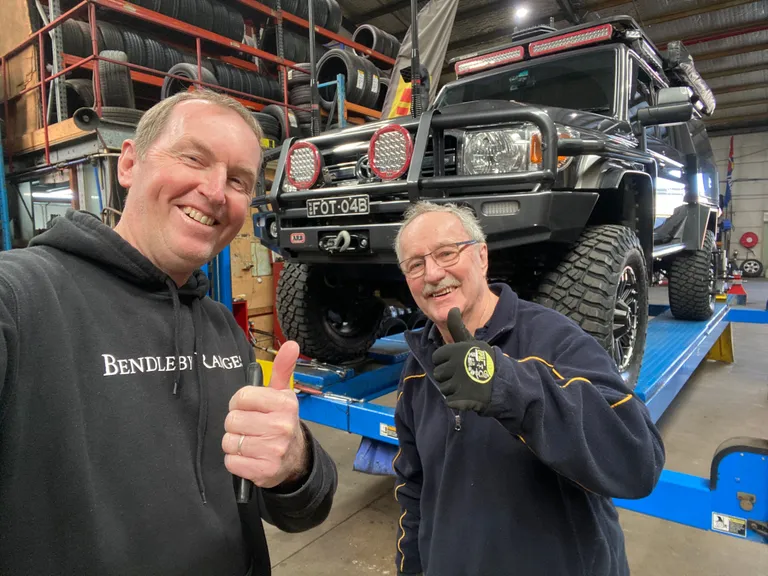
The Campfire - Feedback
Just like sitting around the campfire, we would love to hear what you have to say.
If you have any requests for stories to be featured in campfire or would like to provide feedback about this article, please send us a message on our social links…
Instagram: @offroadimages
Facebook: @offroadimages
YouTube: https://www.youtube.com/OffroadImages
Website: http://www.offroadimages.com.au
Love Exploring Australia?
We Do Too! Get Cover That Can Follow You Anywhere.


